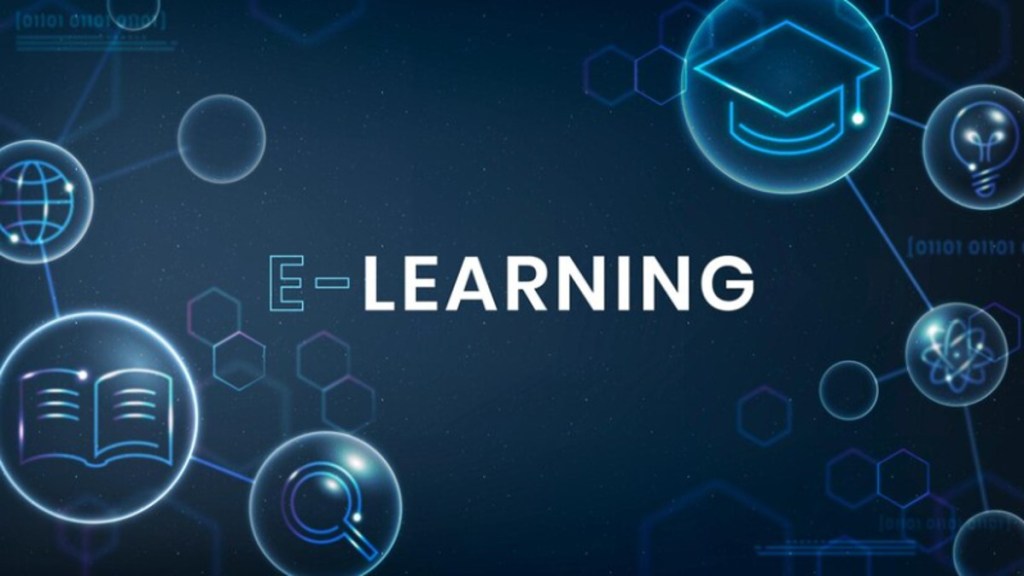By Aman Verma
Creating a knowledgeable workforce is essential for the success of any country. However, many countries need help transforming their human resources into knowledgeable workers for various reasons. India is one of the countries that has made significant progress in transforming its human resources into knowledge workers, but it still faces several challenges in the contemporary education sector. The quality of education, both in terms of infrastructure and academics, needs to be improved to match global standards. The availability of high-quality educational resources is one way to achieve this goal. Open Educational Resources (OER) and Open Access (OA) can play a vital role in reducing the problems of accessing educational resources.
The Indian government has initiated several innovative programs and schemes, such as SHAKSHAT, NMEICT, NPTEL, OSCAR, and E-grid, to develop and disseminate educational resources. However, implementing OER in Indian education still faces significant challenges, especially in lower-tier cities with limited technological tools. There is a dire need for technological tools with an excellent price-to-performance ratio to address this issue, which can be easily accessible to students and teachers in lower-tier cities.
One of the main challenges in efficiently implementing OER in the Indian education system is the limited access to technological tools. Students and teachers cannot access computers, laptops, or high-speed internet connections in many lower-tier cities. These technological tools are necessary to access and utilize OER. Therefore, there is a dire need for technological tools that are affordable and accessible to students and teachers in lower-tier cities. Now, when the government is making efforts to strengthen internet connectivity across the nation, it has become imperative to make technological tools affordable yet powerful and accessible to all.
Fortunately, several technological tools available in the market have an excellent price-to-performance ratio. For instance, low-cost laptops that are specifically designed for the education sector. These laptops come with pre-installed educational software and applications can be used to access OER.
Access to laptops can provide learners with a plethora of opportunities to develop their skills and knowledge. With the help of laptops, students can access a wide range of educational resources, including online courses, e-books, and research papers. Laptops also allow students to collaborate with their peers, work on group projects, and communicate with their teachers easily. Moreover, laptops have various tools and software to help students improve their writing, coding, and presentation skills. These factors contribute to creating a conducive learning environment to help students maximize their learning potential and achieve academic success.
Efficiently implementing OER in Indian education will improve the quality of education and provide equal opportunities to students across the country. With the availability of OER, students from lower-tier cities will have access to the same educational resources as students from higher-tier cities. This will bridge the digital divide and create a level playing field for all students. Moreover, OER can also help in reducing the cost of education. With the availability of free educational resources, students will no longer have to spend a significant amount of money on textbooks and other educational materials. This will make education more affordable and accessible to students from lower-income families.
The author is the co-founder and CMO, Primebook.

